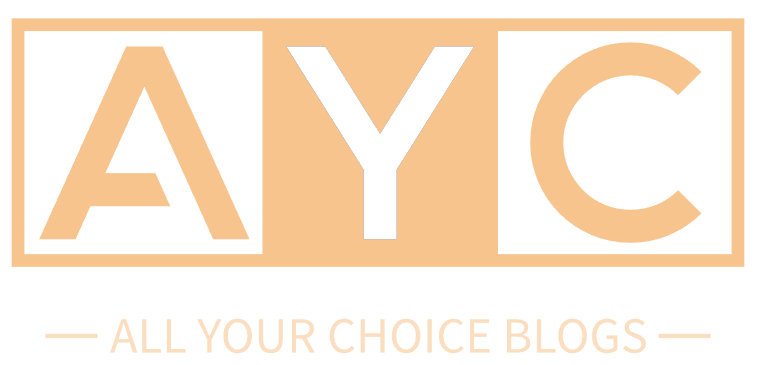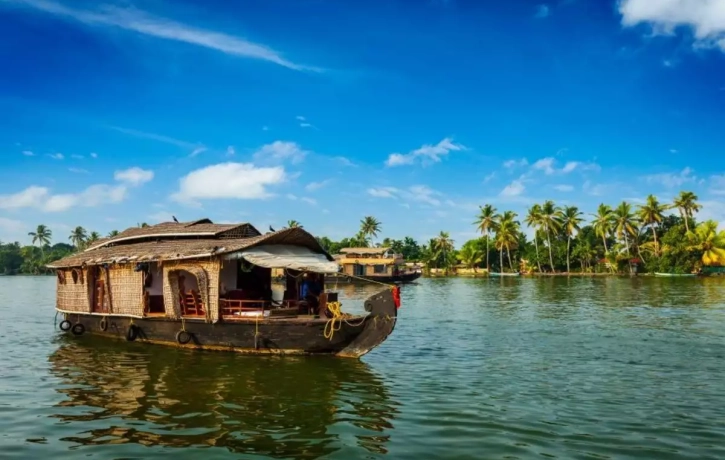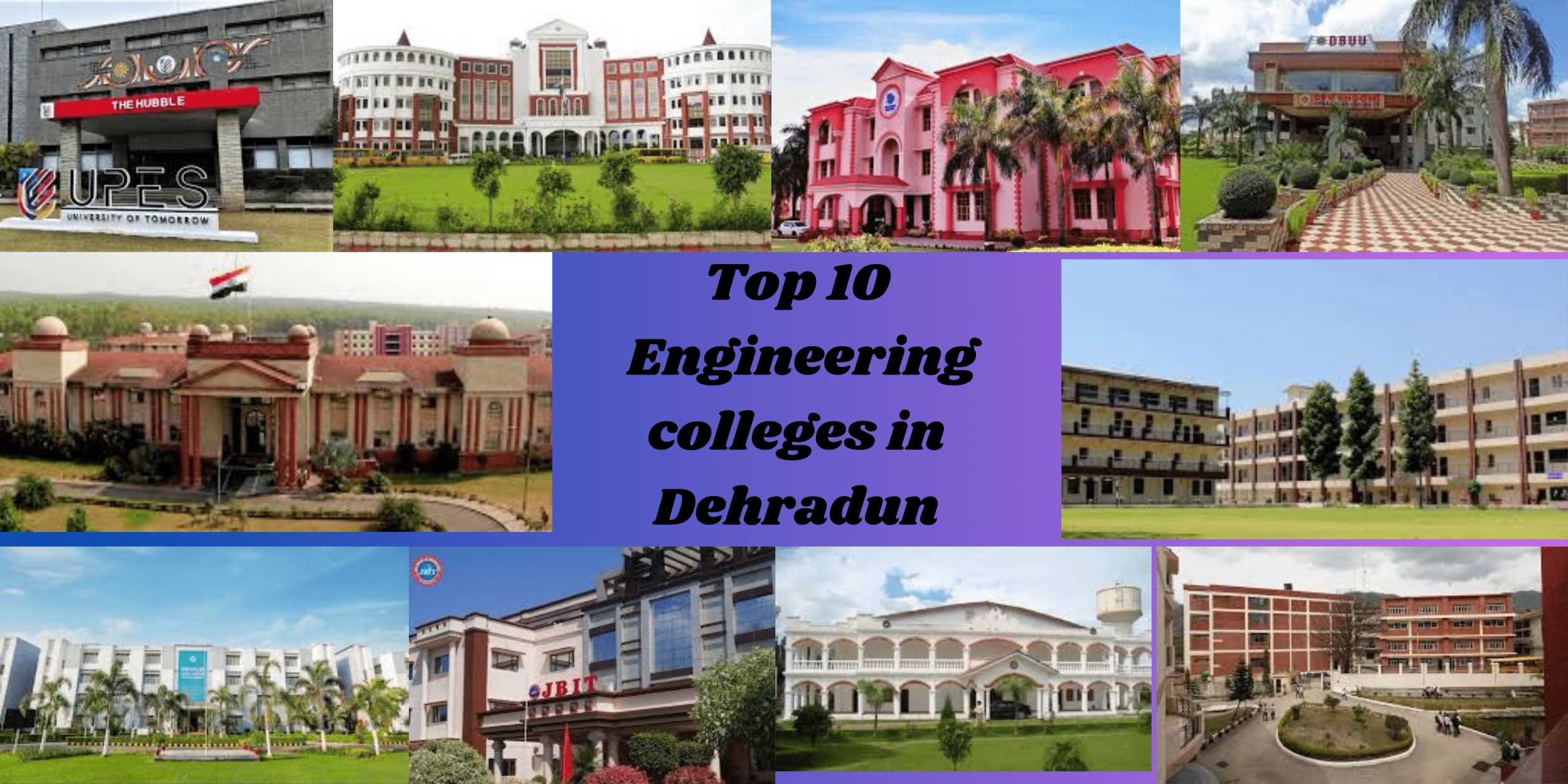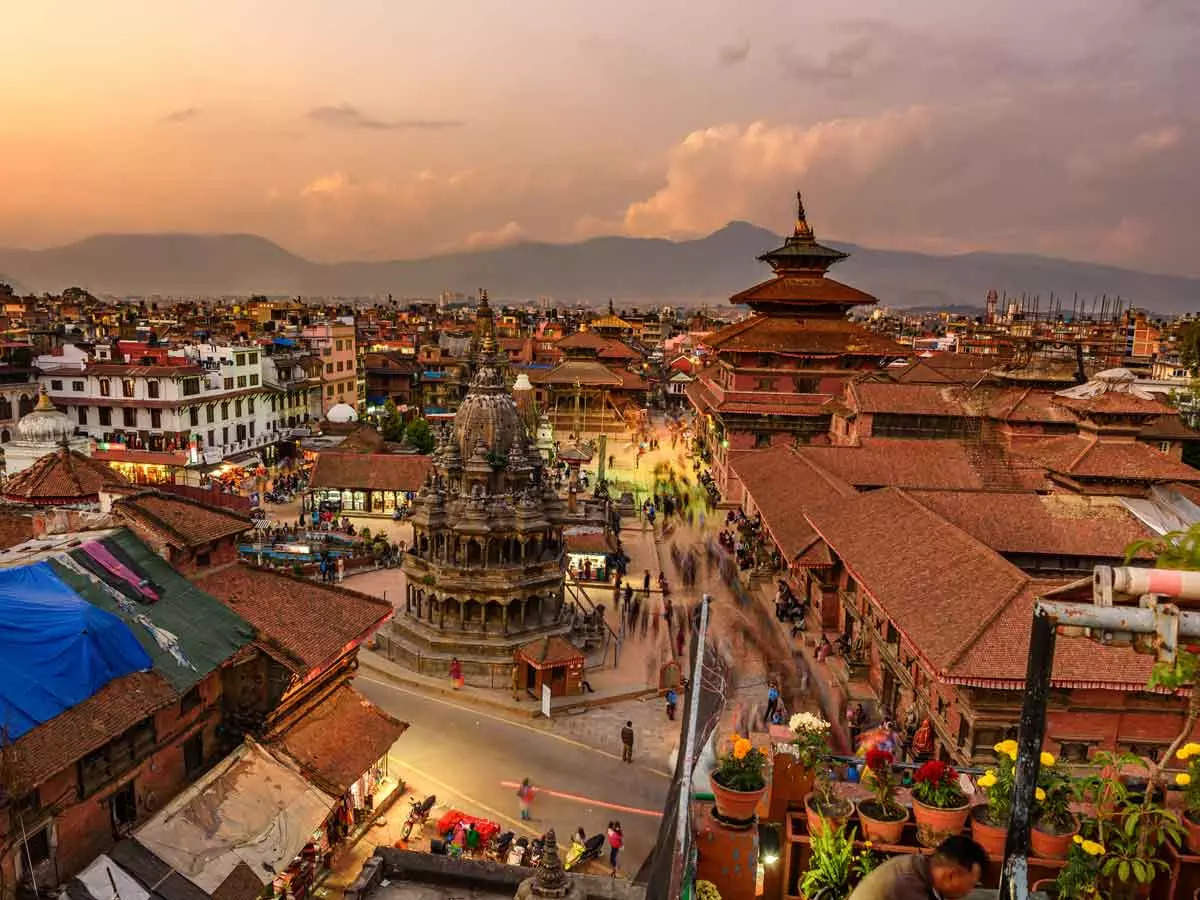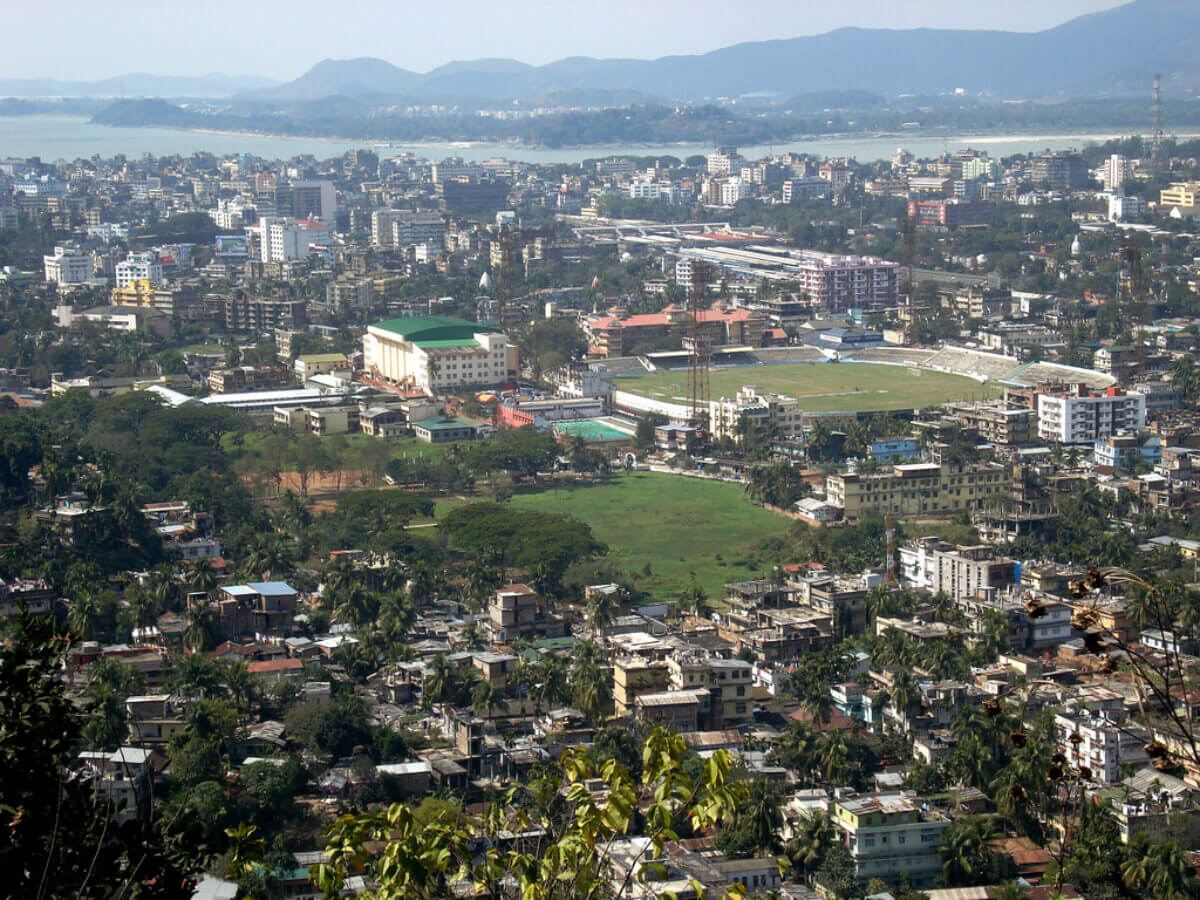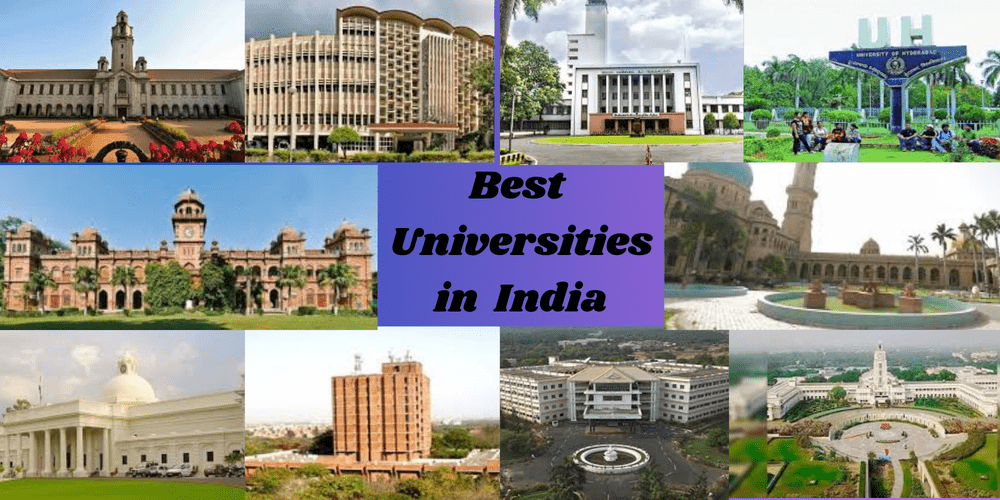Introduction
Kerala is a coastal state in southwest India that was founded in 1956 and is well-known for its long life expectancy, superb human development indicators, and high literacy rate. Remittances from a sizable diaspora in the Gulf countries, tourism, and agriculture—particularly in the areas of coconut and spices—all contribute to the country’s prosperity. Kerala, a state known for its Ayurvedic tourism and rich cultural legacy, is endowed with a wealth of natural beauty, including beaches, backwaters, and verdant hill towns.
Etymology
The term “Kerala” has a long history; it was originally written as “Keralaputo” in an inscription by Emperor Ashoka from the third century BCE. It probably comes from the Tamil word “Cheralam,” which refers to the dynasty of Cheras, and “Chera” is a corruption of the Old Tamil word meaning “lake.” According to a different interpretation, it is related to “cherive-alam,” which means “hill slope,” or “chera alam,” which means “land of the Cheras.” Kerala’s name is said to have originated from the words “kera” (coconut tree) and “alam” (land), referring to the state’s profusion of coconut trees. Hindu epics and ancient Sanskrit literature both make reference to Kerala; the Greco-Roman trade map Periplus Maris Erythraei calls it Celobotra.
Malabar
In the past, Kerala was referred to as Malabar in international commercial circles. At first, Tulu Nadu and Kanyakumari were included in the original Malabar, which was located on India’s southwest coast. Before the East India Company arrived, “Malabar” and “Kerala” were used interchangeably. The term “Male,” which Arab sailors used to refer to Kerala, is believed to have come from the Dravidian word “Mala” (hill). Male was the name of a pepper market. Al-Biruni was one of the first to refer to the area as “Malabar,” and other Arab authors used the terms Manibar, Mulibar, Munibar, and Malibar as well.
Geography
Kerala has 590 kilometers of coastline and a humid tropical rainforest climate. It is tucked away between the Western Ghats and the Lakshadweep Sea. Its topography is diverse, encompassing coastal plains, midlands, and hills. As a UNESCO World Heritage Site, the 2,500-meter-tall Western Ghats are home to a rich biodiversity. Kerala’s topography includes places like the Rice Bowl of Kerala, Kuttanad, and the Kerala Backwaters, as well as the Athirappilly Falls. Rivers with varying environmental conditions include the Bharathapuzha and the Periyar. Natural disasters like landslides, floods, and droughts are common in the state; notable occurrences include the 2004 tsunami and the extreme floods that occurred in 2018.
Climate
Kerala has 120–140 rainy days per year due to its wet marine tropical climate. About 65% of the rainfall occurs between June and August during the southwest summer monsoon, with the remaining portion occurring between September and December during the northeast winter monsoon. Because of its terrain, Kerala is the first state in India to get rain from the southwest monsoon. Rainfall in the state averages 2,923 millimeters (115 in) per year, with certain regions receiving over 5,000 mm (197 in). Summertime temperatures range from 19.8 °C to 36.7 °C year-round, with gale-force winds, storm surges, and sporadic droughts.
Flora and fauna
Kerala’s abundant biodiversity is mostly found in the Western Ghats. Previously covered in forests, seventy-five percent of Kerala is currently protected to maintain its various ecosystems spanning 9,400 km², which include deciduous, semi-evergreen, tropical wet evergreen, and montane subtropical forests. With 1,272 indigenous to Kerala and 159 vulnerable species, the state is home to more than 25% of all plant species in India. Kerala boasts a rich range of reptiles and amphibians, many of which are indigenous, 500 bird species, and 118 species of mammals. In Ramsar wetlands and biosphere reserves such as Nilgiri and Agasthyamala, conservation measures have not eliminated the threat of habitat degradation and resource extraction.
Divisions, districts and cities
North Malabar, South Malabar, Kochi, Northern Travancore, Central Travancore, and Southern Travancore are the six areas that make up Kerala. These regions are further subdivided into 77 taluks, 27 revenue subdivisions, and 14 districts, each of which has administrative control over land records and local settlements. Kerala’s local government entities include 14 District Panchayats, 152 Block Panchayats, 941 Grama Panchayats, 87 Municipalities, 6 Municipal Corporations, and 1 Township. Kerala envelops Mahé, an outpost of Puducherry. Thiruvananthapuram, the largest urban area in the state, is home to Thiruvananthapuram Municipal Corporation, along with Kozhikode, Kochi, Kollam, Thrissur, and Kannur.
